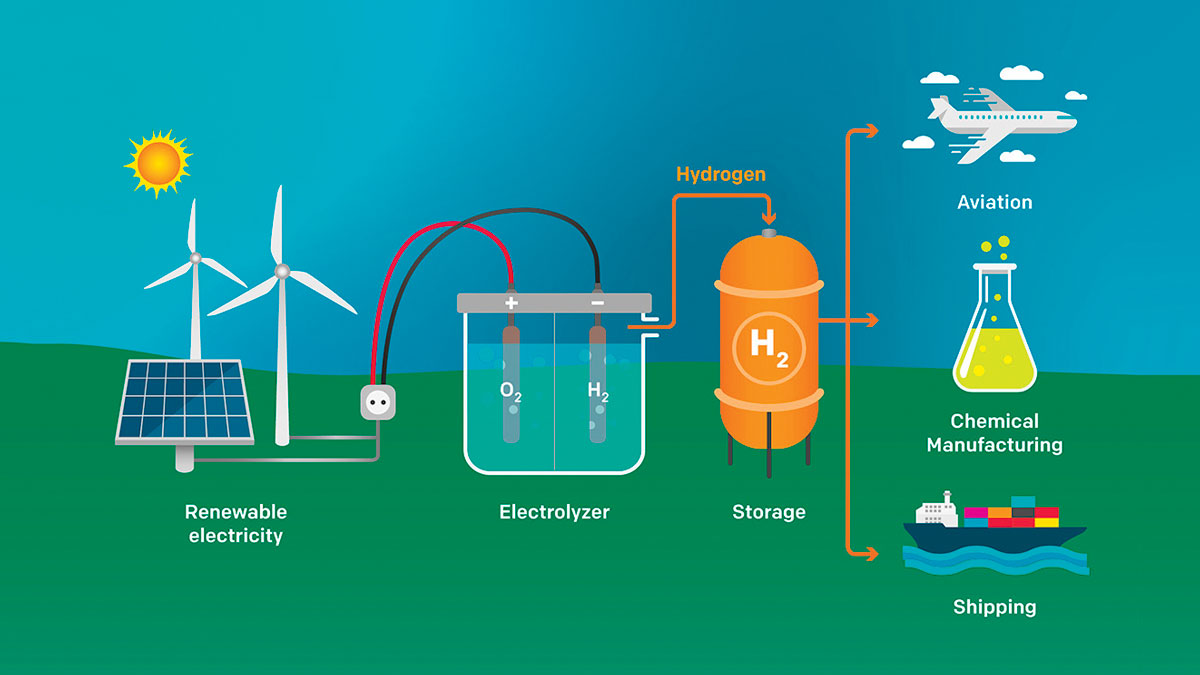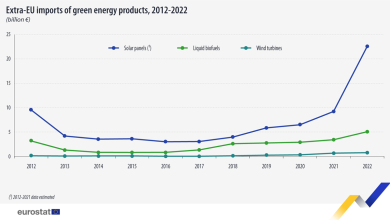Hydrogen in Romania: A Chance for Industrial Leadership on the Energy Transition
There is a wide recognition that climate change should be at the top of the political agenda irrespective of all the other challenges the world faces right now. In the past few months alone, the EU, China, Japan, South Korea, and South Africa have all adopted targets to be climate or carbon neutral by around the middle of the century. And now Joe Biden wants to put the US on a similar course. There is also a strong global consensus that investments in the clean energy transition are a very good motor of post COVID economic recovery. This new emerging green pathway to 2050 brings huge opportunities for the gas infrastructure.
Key to combating climate change
Decarbonising energy is central to combating climate change. Well over 60% of Europe’s energy runs on fossil fuel. Much of it can be replaced by low carbon hydrogen hence the growing interest in hydrogen as a form of energy. Today, the predominant way of producing hydrogen is from fossil fuels. The amount of hydrogen generated from coal and natural gas in 2019 for industrial uses would be enough, in theory, to run approximately half the cars on the road worldwide. But current hydrogen production releases about the same amount of carbon emissions as the economies of the United Kingdom and Indonesia combined. This can be reduced if industries currently producing hydrogen capture and store their carbon emissions – or if the hydrogen comes from renewable electricity through a process called electrolysis. Electrolysis is expensive for now. But wind and solar costs have plunged in recent years and as they keep dropping, renewable hydrogen will become more affordable. At the same time, the process of electrolysis itself will scale up in size and get cheaper.
The role of the gas infrastructure
Europe has 2.2 million km of gas pipelines connecting supply and demand. With relatively few investments, much of this gas network can be retrofitted and repurposed for 100% hydrogen. When hydrogen volumes increase, dedicated hydrogen pipelines will emerge, initially connecting industrial clusters and later extending to regional and national hydrogen infrastructures. 75% of the new hydrogen pipeline infrastructure will be converted existing natural gas pipelines. And 25% of it will be brand new hydrogen pipelines. Blending of hydrogen with natural gas in existing pipelines will also be an option in the transitional period.
11 European gas transmission system operators have now got together and envisage a European hydrogen backbone of 6.800 km pipeline network emerging by 2030. By 2040, this backbone could reach 23.000 km. Moreover, the EU has a capacity of underground storage of around 1,200 TWh that with some retrofitting could be used for hydrogen. Imports of liquid hydrogen through the LNG terminals will be necessary to complement domestic hydrogen production in a similar way to natural gas imports today. They will enhance security of supply through source and route diversification and secure access to global and competitive hydrogen.
Romania can become a real European hydrogen leader
Romania has a great existing gas pipeline and storage infrastructure, and it has great further wind and solar energy potential. Romania is also the second natural gas producer in Europe. So, it can become a real European hydrogen leader. To kick-off hydrogen, few conditions to create a sustainable hydrogen value chain should be considered. Support from government will be key, such as subsidies to overcome the funding and financing gaps. This also entails a shared vision and national and international hydrogen strategies. There also has to be technology developments, be it in R&D on electrolysers, cost, efficiency or operability. The availability of a comprehensive infrastructure including transport and storage infrastructure will help hydrogen reach demand from its supply source. A positive regulatory framework needs to be in place – there has to be a positive legislation that acknowledges and supports the role of hydrogen and removes barriers that will hinder its deployment. And for further supply of renewable hydrogen there will be a need for new renewable power sources, such as offshore wind, for which Romania has great potential in the Black Sea.







